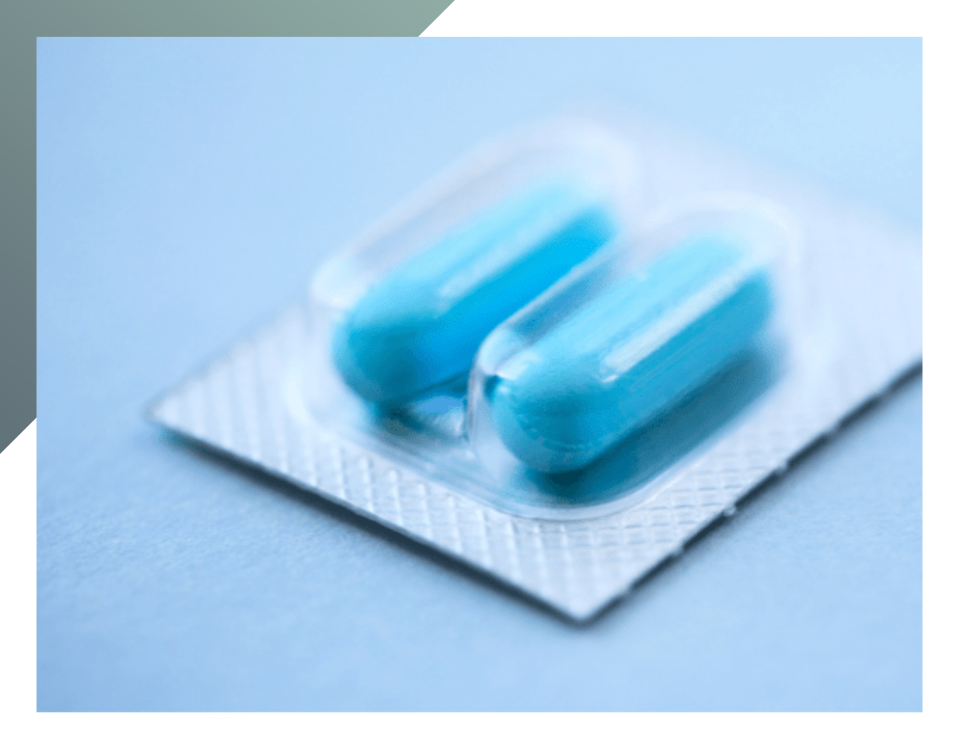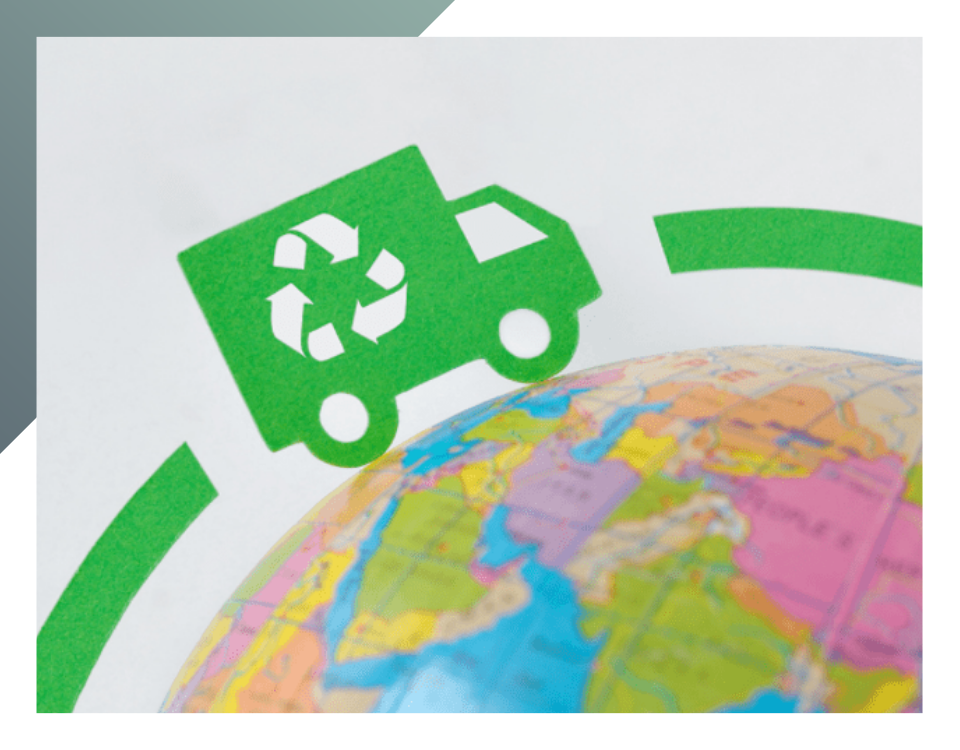Pharmaceutical packaging, displayed on pharmacy shelves or within hospitals, has a fascinating history marked by significant transformations. Its most important elements are the result of events and changes that continue to influence the choices of pharmaceutical companies. The stages in the history of packaging follow the most important ones in society, as the introduction of new materials, shapes, and functions stemmed from increasingly complex needs. Packaging, from an element of resource conservation, as it was in ancient times, has evolved into an added value for transportability, product transparency and authenticity for standing out in a highly competitive market. In this article, we will look back at the most significant periods in pharmaceutical packaging, which laid the foundations for today’s innovations and, certainly, for future ones as well.
From origins to paper and cardboard
Since ancient times, humans have felt the need to preserve, organize, and transport their resources. From primitive materials like natural fibers and animal hides for food and other goods, various materials were used throughout history to store medicinal substances. In traditional Chinese, Egyptian, Greek, and Roman medicine, porous stone pots were used to store healing mixtures, herbs, ointments, and balms. These pots were challenging to make and very fragile but exceptionally sturdy. Over time, terracotta and stoneware became preferred due to their resistance to external moisture and heat. The containers were already featured with “labeling” solutions”: these inscriptions indicated the contents and properties of the substances inside. It’s fascinating to note that the evolution of containers for remedies has always followed the progress of medical and scientific knowledge. Over time, in fact, more sophisticated and specific containers were developed to store drugs and meet new therapeutic needs, especially with the advent of mass production and modern pharmacology. In the early 17th century, glass bottles were introduced, providing significant benefits such as durability, water resistance and various customization solutions. Initially, glass packaging was difficult to produce on a large scale but technical advancements in blow moulding machines made it more accessible over the years, especially with the advent of mass production during the Industrial Revolution. Paper labeling became widespread, which increased the focus on proper product communication. As technical improvements and scientific progress continued, the pharmaceutical industry was looking to invest in lighter and more practical materials. Paper and cardboard began to be used as packaging materials due to their extreme flexibility. In addition, the spread of tinplate caused the loss of the craft characteristics of packaging typical of that period. During this phase, packaging assumed a significant marketing function that became even more important in the 20th century with the increase in market players. Packaging became the key to differentiating products and attracting consumer attention in an increasingly competitive sector.
The advent of plastic and the introduction of pharmaceutical blister packs
The end of World War II created in the pharmaceutical industry the need to rely on an unbreakable, solid but flexible material that could be transported with extreme convenience. At the same time, it had to maintain its preservation function while reducing production costs. So, plastic and aluminum gained popularity across various industries, including pharmaceuticals, especially from the 1950s to the 1970s. Plastic packaging was lightweight and versatile: it made it possible to create bottles and packs of various types, shapes and sizes without sacrificing durability and strength. In addition, it offered the opportunity to develop a wide range of packaging solutions and plan increasingly effective marketing strategies. The first plastic materials used were polyethylene and polypropylene. Concurrently with plastic development, pharmaceutical blister packs made of aluminum were introduced in the 1960s, often with plastic additions: a perfect alternative for preserving sensitive medicines and improving the precision of therapies. Patients and physicians could control more effectively the daily dosage of capsules and tablets.
Pharmaceutical packaging today, between innovation and sustainability
The pharmaceutical discipline evolves, and with it, packaging solutions. Nowadays, packaging has to preserve and effectively communicate the product, but also, meet many other needs. For example, it must comply with stringent international regulations for safety and public health by incorporating a traceability system along the supply chain to combat drug counterfeiting. New pharmaceutical serialization systems, introduced on an international scale and integrated into primary, secondary and tertiary packaging, perfectly interact with many advanced technology-based solutions such as IoT. These solutions improve control over the validity and authenticity of medicines placed on the market. In addition, ideal packaging improves the logistical operations that take the product from the manufacturing company to the consumer’s hands, by adapting to different packaging steps and helping to optimize costly processes. However, the life cycle of pharmaceutical packaging doesn’t end with the exhaustion of the product. Today, packaging has to respond to environmental sustainability issues involving companies in all commodity sectors, with particular regard to packaging disposal. Manufacturing companies in all sectors are looking for sustainable materials and solutions throughout the supply chain. They are testing, for example, new compostable materials derived from resins or natural fibers. In the pharmaceutical industry, in addition to bioplastics and regenerated glass, the potential of cellulose and its derivatives has been rediscovered as sustainability drivers to reduce carbon emissions and facilitate disposal in the environment. Particular attention is paid to the origin of packaging materials. For example, more and more companies like Eurpack are choosing cellulose-derived materials from FSC-certified forests, the “mark for responsible forest management.” In the food and beverage sector, there are cases like Carlsberg’s sustainable bottles, designed in partnership with Paboco, which are recyclable as paper packaging, durable, resistant, and highly customizable. The Varden company is another virtuous example of sustainability thanks to the production of Paperseal, an innovative material capable to preserve the planet’s forests because it is plant-based paper, processed from agricultural fibers. By developing a derivative with a very low impact, the company aims to reduce tree felling as much as possible and conserve the world’s forest heritage. It is a highly sealing material that repairs products from air and humidity, with great environmental benefits over bioplastics in the disposal phase. Paperseal, widely used in the food industry for its ability to best preserve food flavors, will be extended globally to the largest coffee capsule manufacturers.
How can we help you?
If you would like to learn more about our commitment to sustainability or have any questions about our projects and initiatives, we are here to provide you with all the information you need.



